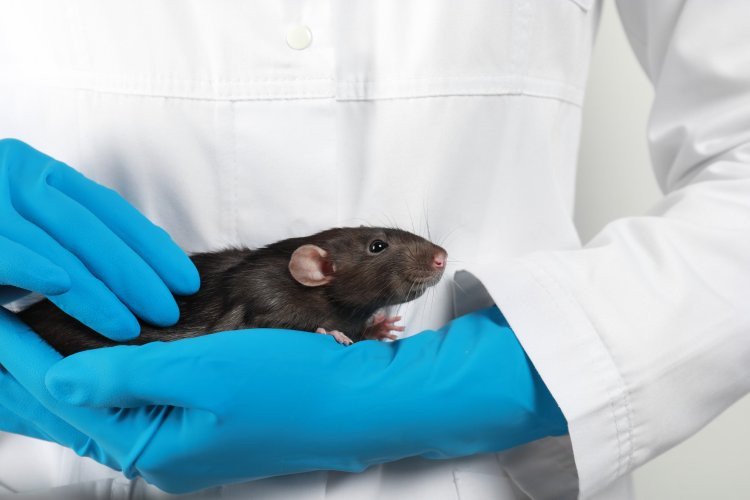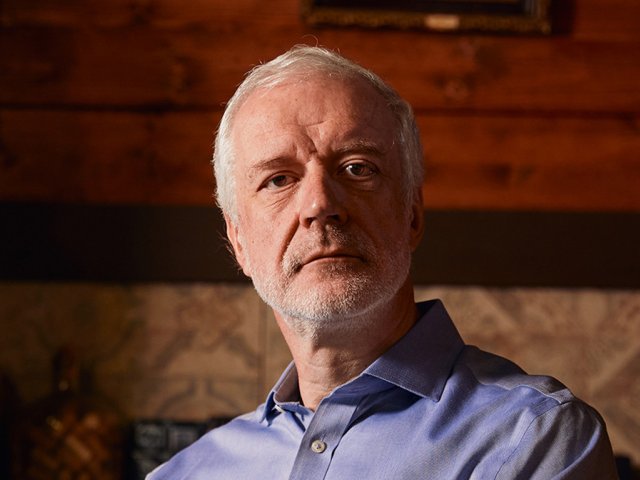What does life in a paradise lead to? The ethologist John Calhoun tried to answer this question.
More than half a century ago, on July 9th, 1968, the most famous experiment by American ethologist John Calhoun was performed on mice. It was called Universe 25. The essence of the experiment was to create ideal conditions where mice could live and reproduce free from worries, away from predators and safe against epidemics and diseases.
Two large groups formed: single males and single females. Those single females refused to mate and rejected the courtship of males. Mice began to show extreme individualism as they no longer strove to establish families. At the final, fourth stage, the mouse population began to shrink. A variety of males termed “the beautiful ones” by Calhoun had appeared. Those would only care for themselves for days, grooming their fur, eating and sleeping while paying no attention to others. Those males ignored females but were interested in each other, yet such interest could not lead to the birth of offspring. Mice began to exhibit various forms of deviant behavior along with bursts of aggression. Females began to kill their babies and then finally refused to reproduce.
At the peak of the experiment, just over two thousand mice lived simultaneously in the pen.Although there were ample food and nesting boxes for continued population growth, Calhoun had to stop his experiment four years after beginning because there were just over a hundred mice left in the pen, and all of them were beyond their reproductive age.
Some researchers claim that Calhoun’s experiment proved that progress and population development are only possible when there is a need to struggle for survival while paradise conditions cause degradation and extinction of the species.
John Calhoun introduced the concept of double death: first, the death of the spirit and then, physical death.
Analyzing the findings from his experiment, Calhoun concluded that once a certain population density is achieved and social roles are filled, societal collapse follows due to the emergence of an outcast stratum, writes RIA Novosti. As mice are forced to compete with senior males, the society experiences the death of spirit. The experiment was repeatedly criticized.
A particular objection was voiced that the founding population comprised related mice, and this was one of the reasons for degeneration. The pen conditions were also criticized: the temperature (it could reach 30 degrees Celsius in summer), the schedule of cleaning the premises, the structure of tunnels and nesting boxes and the overall space organization. The debate about the Universe 25 experiment is still ongoing.
You can read more about the progress of the experiment in John Calhoun’s article.
Photo: liudmilachernetska / 123RF






















